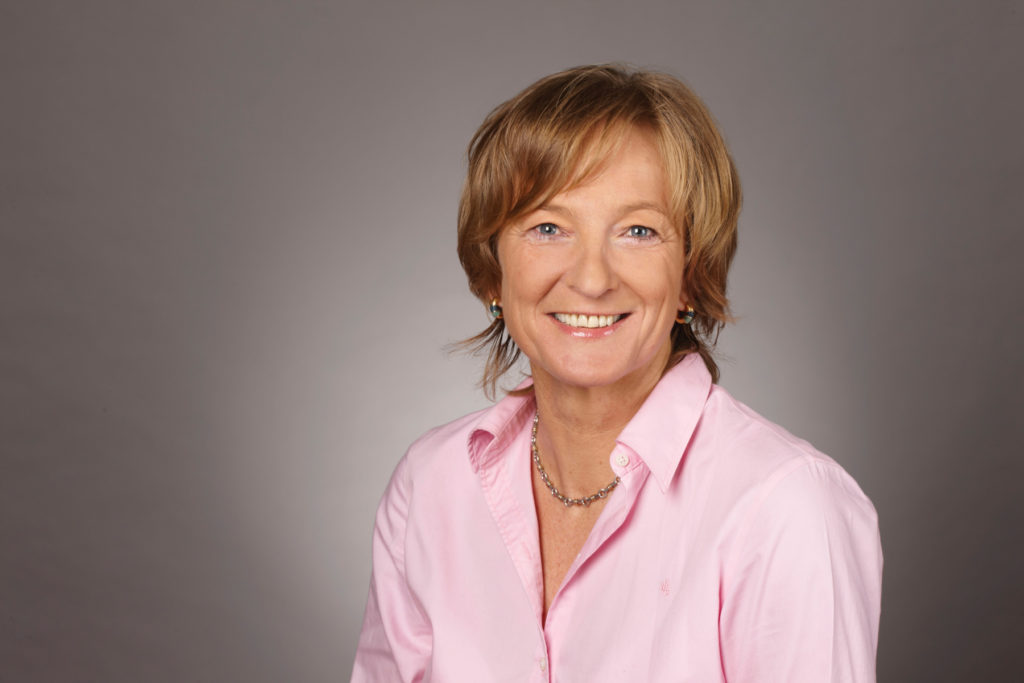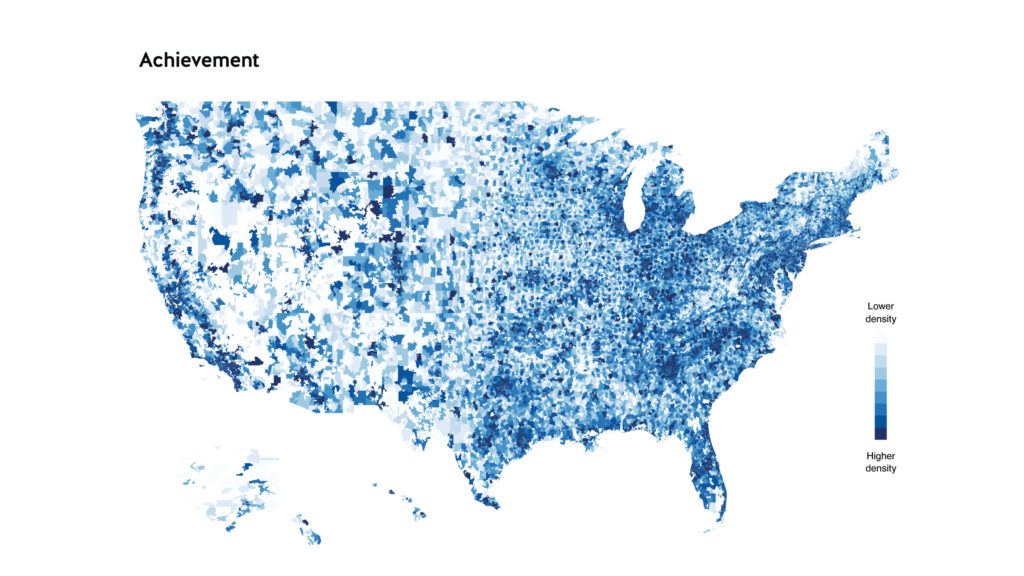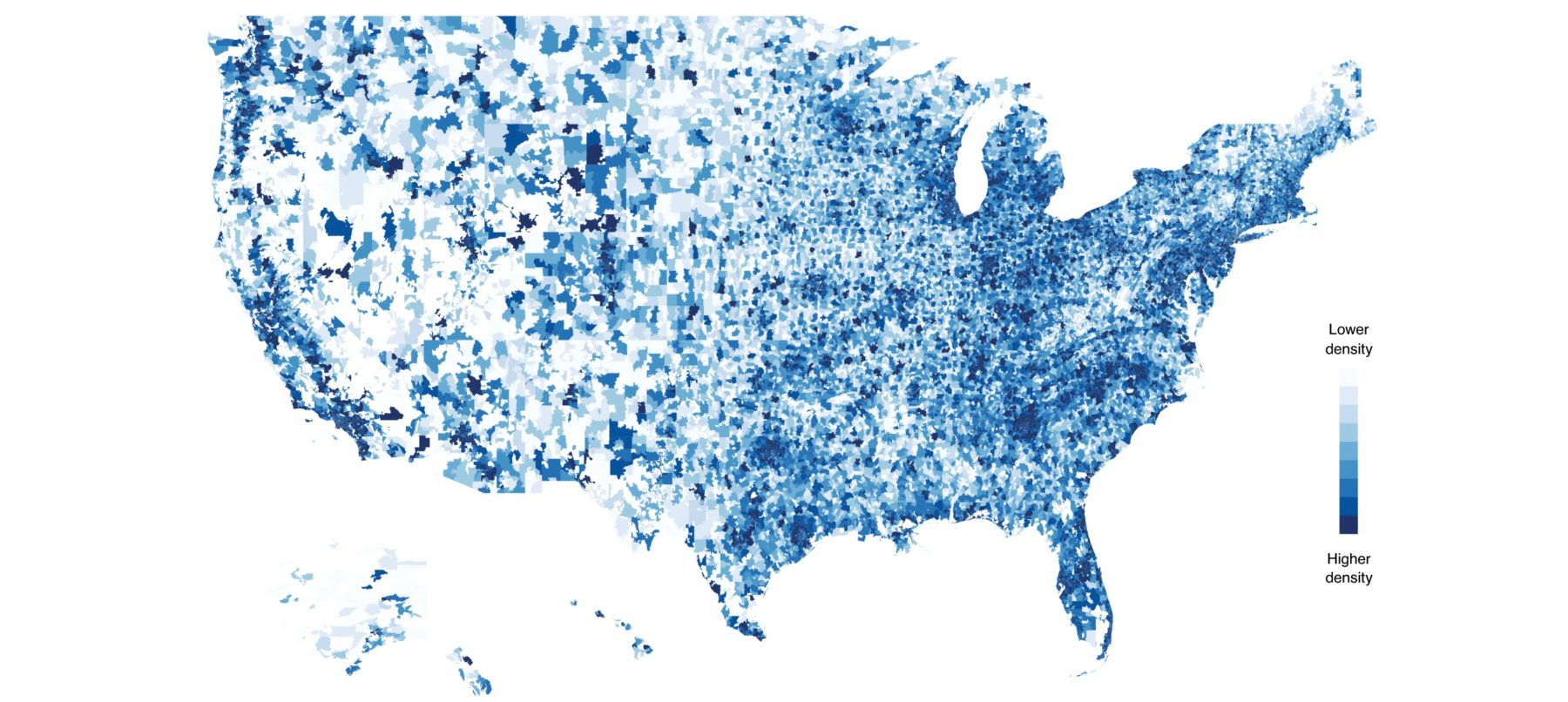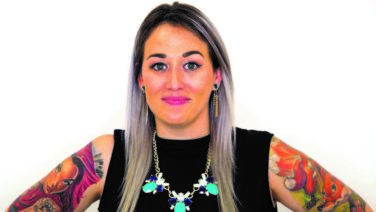Can characterizing everyday life improve treatment for patients in chronic pain? Can a conversation be used to detect the hidden beginnings of Alzheimer’s? These are the types of questions that Evidation Health is asking and answering through its novel technology platform that analyzes the everyday behavior data patients are already collecting through wearables and apps. Formed by Christine Lemke, Alessio Signorini, Luca Foschini, and Mikki Nasch, the company is conducting numerous studies across various therapeutic areas, including a partnership with Novartis on a study that uses consumer wearable devices to compare patient-relevant outcomes in everyday life of Multiple Sclerosis patients with non-MS patients.
In August, the company announced it has raised $30 million in Series C funding to help grow the company commercially as well as the release of a new data platform for life sciences companies. PM360 spoke with Co-founder & VP Business Development Mikki Nasch about the company’s mission, the types of studies it can conduct, and where it is ultimately headed.

PM360: Why did you all come together to form this company?
Mikki Nasch: Around 2010 to 2011 there was this realization that the entire digital field was going to soon bend towards health. But when we looked at the ephemeral world of the digital ecosystem and the structure of how healthcare works, we realized that pharma and healthcare companies could never quite engage with that system in time to start making a difference in patients’ lives. So we positioned Evidation as a way to enable connectivity to whichever apps or devices were created so that these companies could engage with that system without all of the contracting, legal, regulatory, and other restrictions that would prevent them from using these apps and devices while they were popular.
But then we recognized these offerings were collecting massive amounts of daily information from people in the context of health, and that data could offer the actionable insights that pharma has often craved. We then took that concept to a couple of our pharma colleagues, and it netted us our very first contract. Within Evidation’s very first year in business we were directly working with pharma to develop our data collection engine, so that we could see where the value of the data was and how valuable it would be over time.
From there we built a consumer registry that would allow pharma to engage with the digital health ecosystem. Over the years we have grown our registry from a couple of hundred people to more than two million people.
How did you go about building up the registry? How do patients become a part of it?
To build the registry, we partnered with a lot of the apps that do outreach through their communities because we wanted a balanced population and not just people who were already fit. For instance, Couch to 5K (C25K) has a community of people with the intent to get healthier. And then to actually become a part of the registry, we took a very considered approach in which everybody opts in. And when we do a study within our registry, they have to double opt in. So there is never any touching of a consumer or their data without their express permission—multiple times. And we’ll never use the same data twice in two different studies.
What kind of studies can you do?
There are a couple of buckets. For one, quality of life improvement types of metrics such as movement or simple things like the ability to go out to dinner. Those metrics are interesting, both from an FDA perspective and just generally from a physician perspective, because it offers real proof that people went on medication and have a better quality of life.
Another area is behavioral categories. One study we’ve done in diabetes dyslipidemia: Can we find in this data a score or a marker that will identify somebody’s adherence characteristics? And that is obviously a big one, because programs should be focused on where they can most move the needle. For example, if a person is in a variably adherent bucket, can you actually send out an intervention and shift their adherence over time and improve outcomes.
And then one area I think is getting interesting right now: The ability to understand and actually predict events. For instance, looking at allergies, asthma, or any type of disease with a lot of environmental influence and behavioral influence that could lead to an exacerbation, and collecting all of the data around each of those events and building a predictor that says when everything is lining up for a person to have an exacerbation. And then building a protocol around the reserve of that and warning the physician when a patient might be in danger of a hospitalization, so they can do a preemptive intervention rather than waiting for somebody to show up in an emergency.
You recently released a new platform for life sciences companies. How does it work?
Pharma companies have been doing a lot of projects and studies by themselves across a whole series of different therapeutic areas, but the biggest issue they have is what to actually do with the data they collected, how to manipulate it, and understand it. Evidation’s data platform has all of the scalability and capabilities that we have on our back end and it gives pharma companies the ability to put data in and do the analyses that they want. It also allows them to connect whatever devices they want to the system and then automatically and continuously collect data in the background in order to continue the study through the platform.

What long-term goals do you have for the company?
The most interesting thing about this marketplace is that if you consider what we’re building, and if all of these tools get deployed in markets, you’re going to be able to build a system that literally allows everybody to be connected. That’s an entire infrastructure play. So as we continue with our current efforts to understand how this data matters and where it matters and what it can predict and when to intervene as it becomes more and more executable in marketplace, the natural extension is to become part of the entire infrastructure—the entire healthcare value chain. And that’s where we’d like to go.









